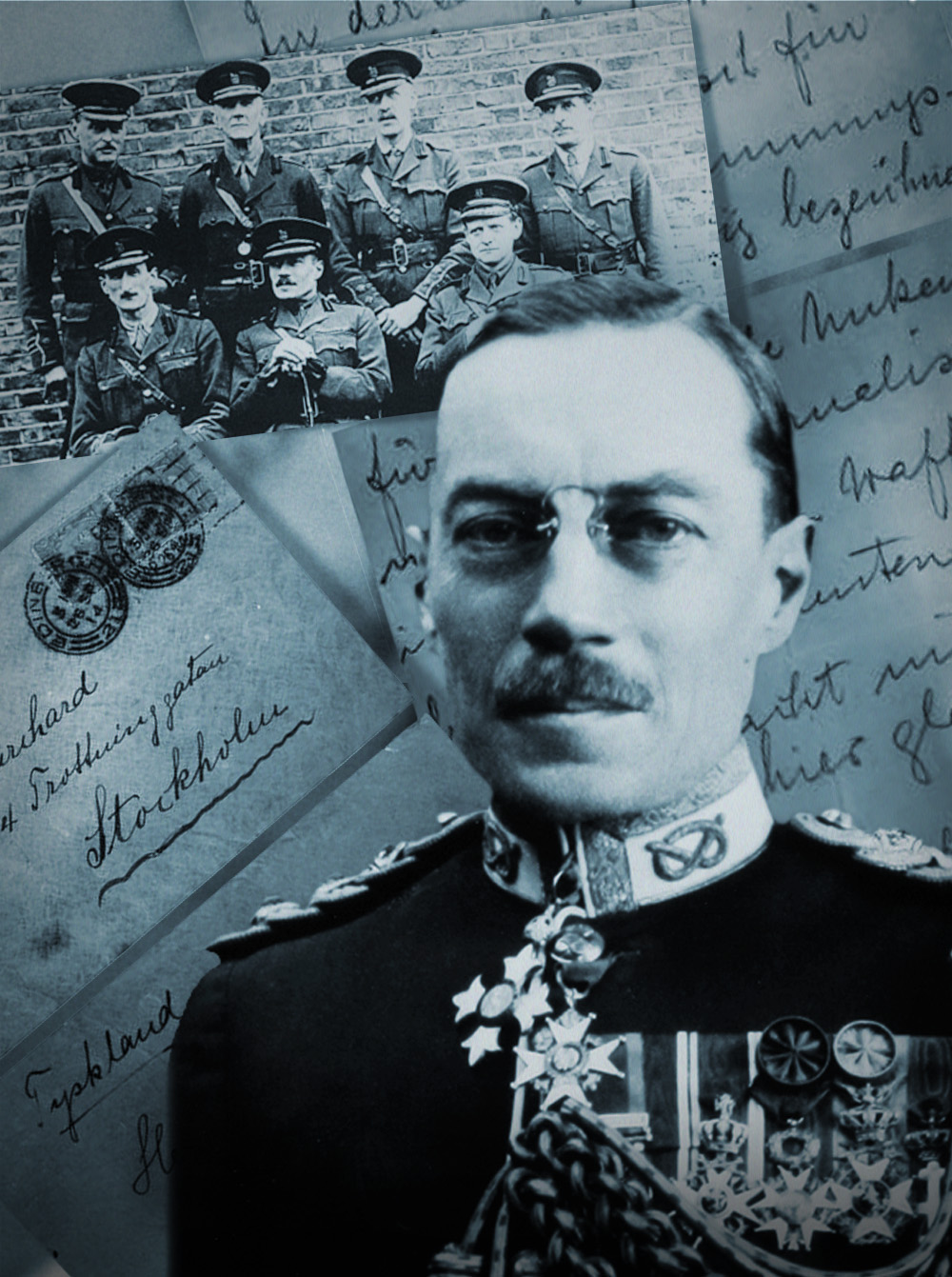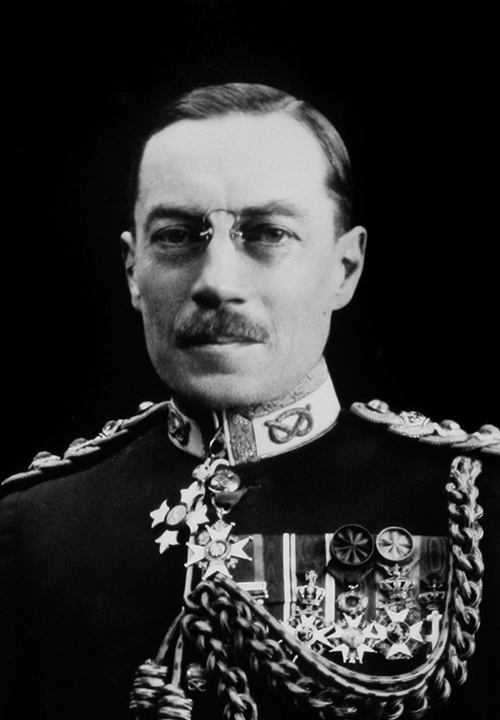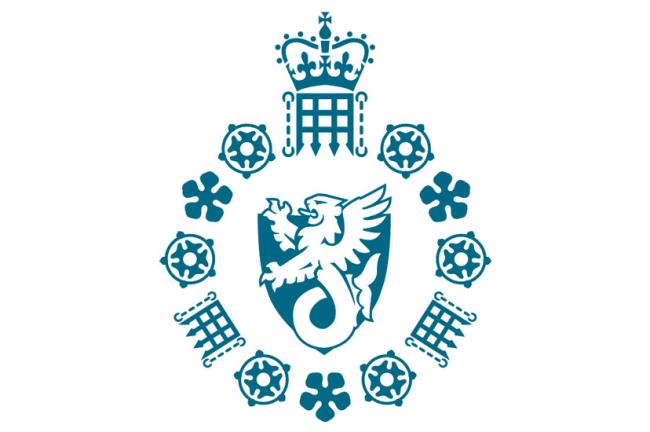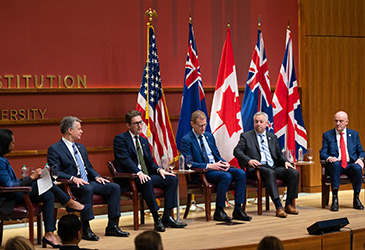

The establishment of the Secret Service Bureau
Formation - October 1909
 By Professor Christopher Andrew, author of "The Defence of the Realm".
By Professor Christopher Andrew, author of "The Defence of the Realm".
The Security Service (MI5) and the Secret Intelligence Service (SIS or MI6) began operations in October 1909 as a single organization, the Secret Service Bureau, staffed initially by only two officers: the fifty-year-old Royal Navy Commander Mansfield Cumming and an Army captain fourteen years his junior, Vernon Kell. Cumming and Kell later parted company to become the first heads of, respectively, the future SIS and MI5.
As well as being an accomplished linguist, Kell also proved adept at running an office on a shoestring. At the outbreak of war in August 1914, he had only sixteen staff (including the caretaker), well below the minimum which any modern security service would think necessary in order to function at all.
Kell’s original remit was to deal with what an official committee reported in 1909 was ‘an extensive system of German espionage’, based largely on German nationals in Britain. ‘Refuse to be served by a German waiter’, the Daily Mail advised its readers. ‘If your waiter says he is Swiss, ask to see his passport.’ Such alarmism reflected the tensions caused by the Anglo-German naval arms race and the approach of the First World War. Most of the ‘spies’ who persuaded Whitehall that it was faced with ‘an extensive system of German espionage’ in Britain were figments of the media and popular imaginations.
After initially pursuing some false leads, Kell discovered a real network of spies working for German Naval Intelligence who, because of the naval arms race, presented a significant threat to British security. As Home Secretary in 1910-11, Winston Churchill, the greatest intelligence enthusiast in all the cabinets in which he served, enabled Kell to make maximum use of his slender resources in two vital ways.
First, Churchill successfully urged chief constables to assist Kell’s counter-espionage operations. Secondly, he introduced a system of Home Office Warrants (HOWs), each personally authorised by the Home Secretary, which authorised the interception of all the correspondence of suspects. Hitherto individual warrants signed by the Home Secretary had been required for every letter opened. Home Office Warrants are still used today and the Home Secretary continues to be responsible for authorising them. These new arrangements proved crucial in enabling MI5 to investigate suspects.

